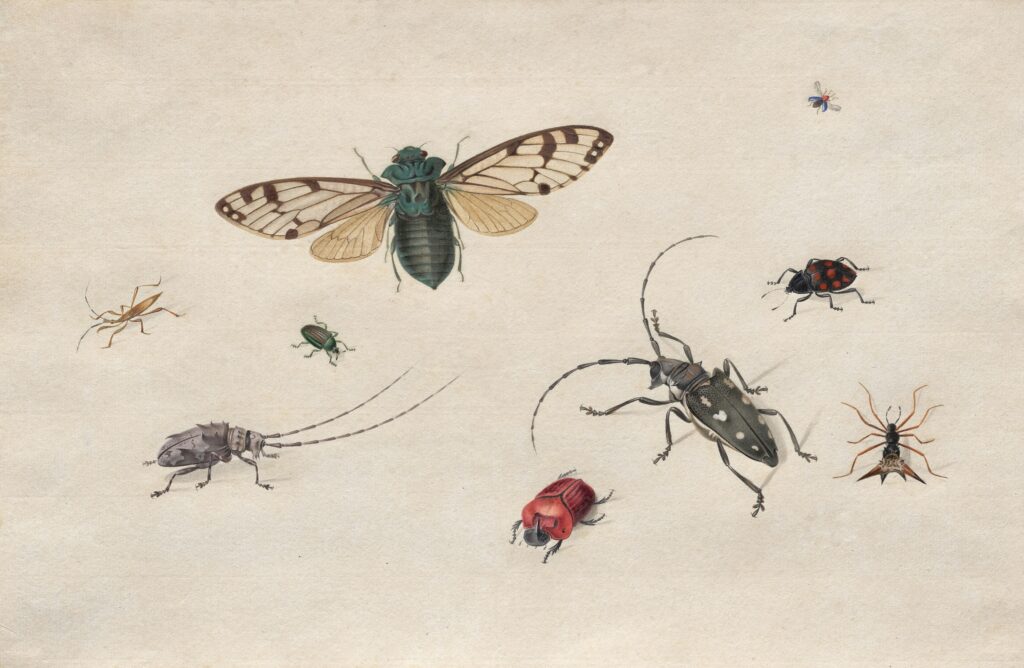For thousands of years, humans have been fascinated by the tiny six-legged creatures that outnumber us by the billions. From ancient philosophers meticulously documenting beetle behaviors to modern scientists deploying sophisticated AI systems to track pollinator movements, our relationship with insects has been one of continuous discovery and evolving methodologies. This journey through entomological history reveals not only how our understanding of insects has changed, but also how these studies have shaped our broader scientific approaches. As we face critical environmental challenges, the evolution of insect research from philosophical inquiry to computational analysis offers valuable insights into both our past and our future.
Aristotle’s Pioneering Observations
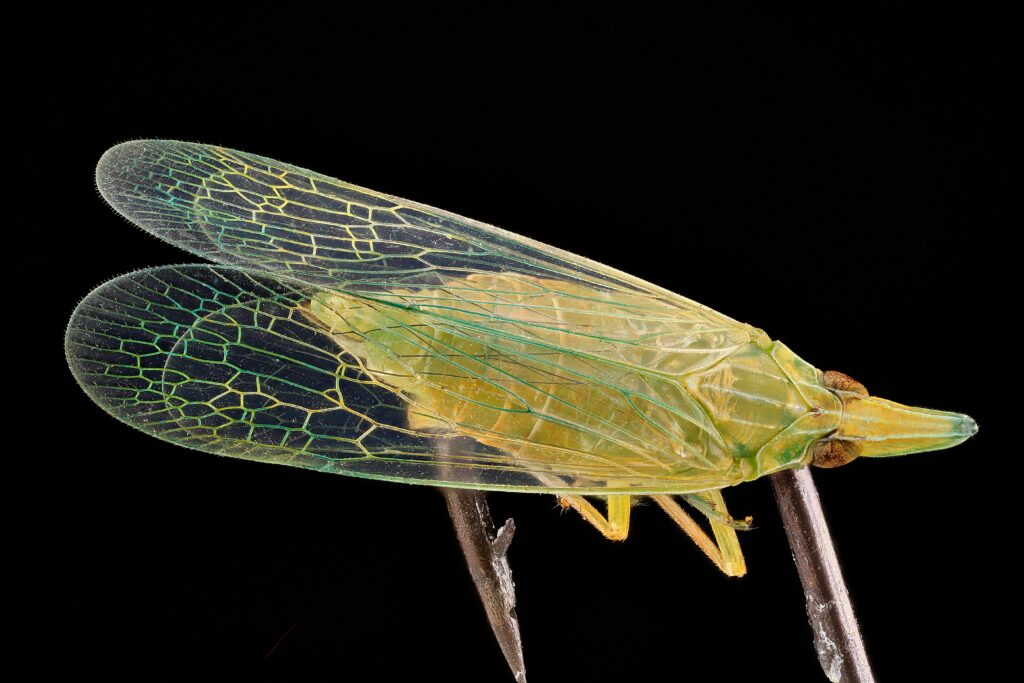
Often considered the father of zoology, Aristotle made some of the first systematic observations of insects in the 4th century BCE. In his seminal work “Historia Animalium,” he documented numerous insect species and made remarkably accurate observations about their anatomy and behaviors, including detailed descriptions of bee colonies and their social structures. Aristotle classified insects as “entoma,” meaning “segmented,” noting their external skeletons and distinct body parts—a fundamental observation that remains valid in modern entomology. Despite lacking sophisticated tools, his methodical approach established a foundation for biological classification that would influence scientific thought for centuries, demonstrating that careful observation could reveal the natural order of living organisms.
The Medieval Gap in Insect Knowledge
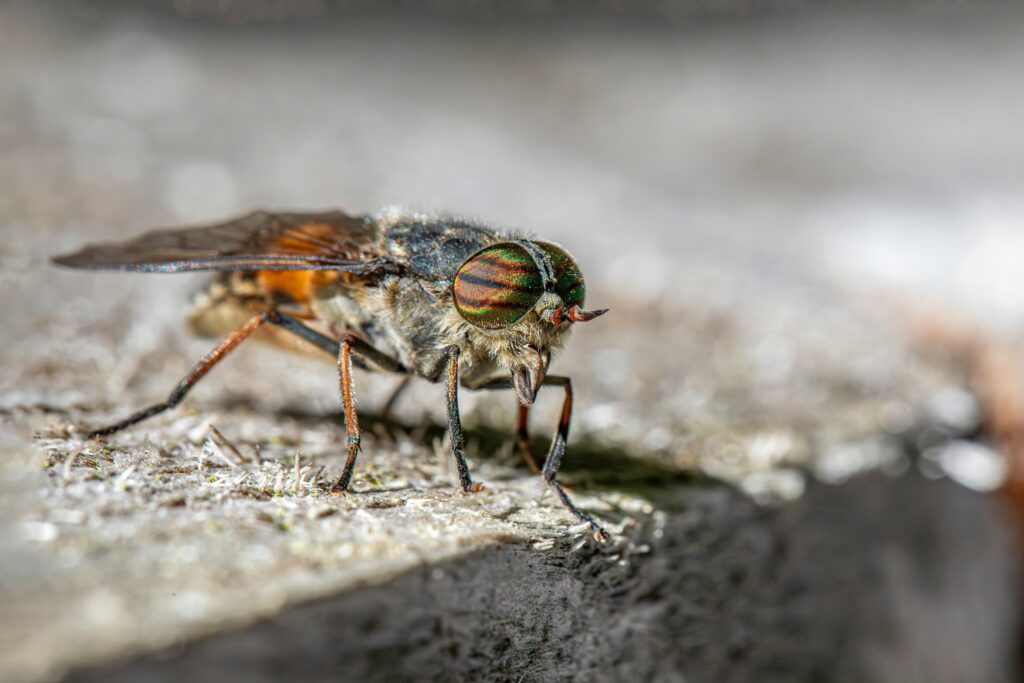
Following the collapse of the Roman Empire, European scientific inquiry into insects entered a period of stagnation that lasted nearly a millennium. During this time, insects were often viewed through the lens of superstition rather than scientific inquiry, with many species considered omens or manifestations of supernatural forces. Practical knowledge about certain insects persisted primarily through agricultural traditions, such as beekeeping practices that were passed down through generations. Medieval manuscripts occasionally featured illustrated insects, but these were frequently stylized or inaccurate, prioritizing symbolic meaning over biological accuracy. This intellectual gap would not begin to close until the Renaissance sparked renewed interest in observational science and natural philosophy.
Renaissance Rebirth of Entomological Inquiry
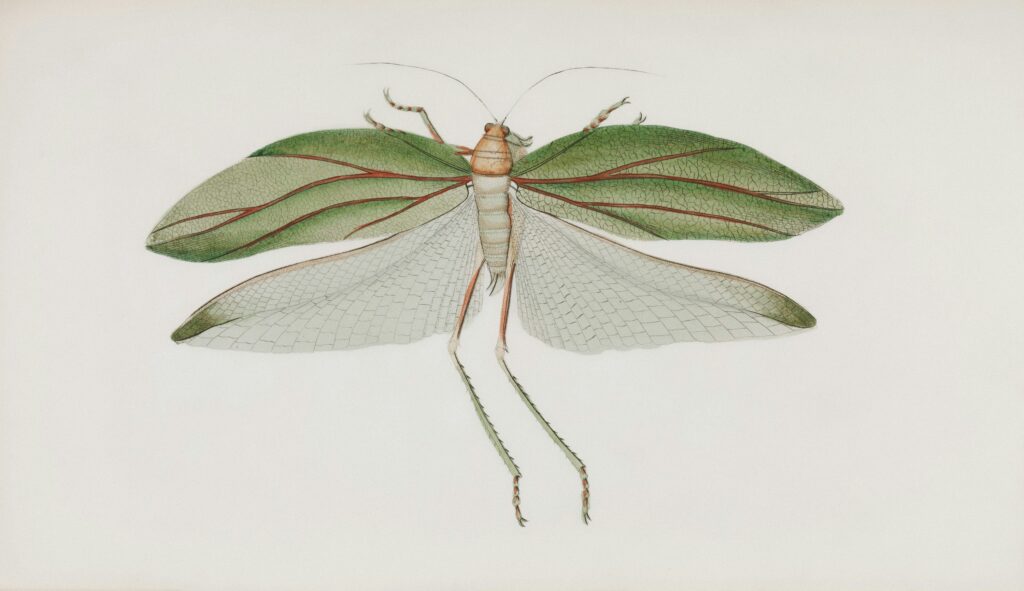
The Renaissance period marked a significant revival in the scientific study of insects, with naturalists returning to direct observation rather than relying on ancient texts. Artists and scientists like Leonardo da Vinci created detailed sketches of insects, capturing anatomical features with unprecedented accuracy. The invention of the printing press enabled wider dissemination of natural history works, including early illustrated insect encyclopedias that cataloged species with growing precision. Perhaps most crucially, this era saw scholars beginning to question long-held assumptions about insect origins, moving away from the theory of spontaneous generation toward more evidence-based explanations. This shift toward empirical observation laid important groundwork for the scientific revolution that would follow, placing insects firmly within the realm of serious scientific inquiry.
Microscopy Revolution Changes Everything
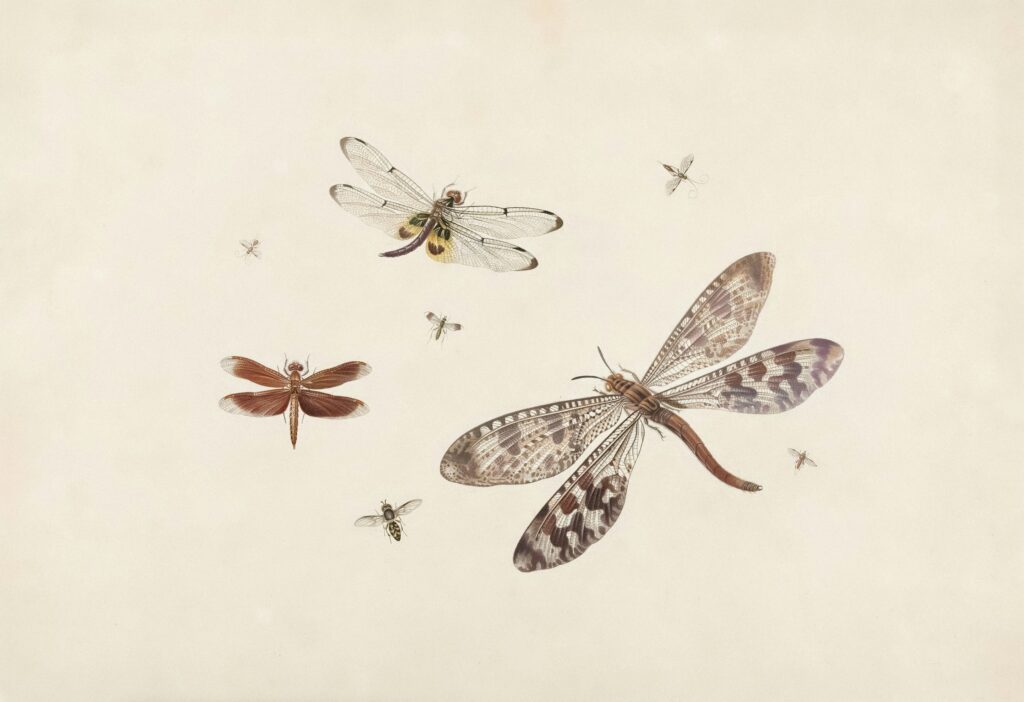
The development of the microscope in the 17th century fundamentally transformed insect research, revealing an entirely new dimension of detail previously invisible to human eyes. Antoni van Leeuwenhoek and Robert Hooke became pioneers in microscopic entomology, with Hooke’s “Micrographia” (1665) featuring stunningly detailed illustrations of fleas, flies, and other insects that astonished readers across Europe. For the first time, scientists could observe intricate structures like compound eyes, spiracles, and mouthparts, leading to profound revelations about insect physiology and function. This technological breakthrough demolished many misconceptions about insects, revealing their complex anatomical structures and disproving the notion that they were simple organisms. The microscope effectively established entomology as a legitimate scientific discipline rather than merely a subset of general natural history.
Linnaeus and the Taxonomic Breakthrough
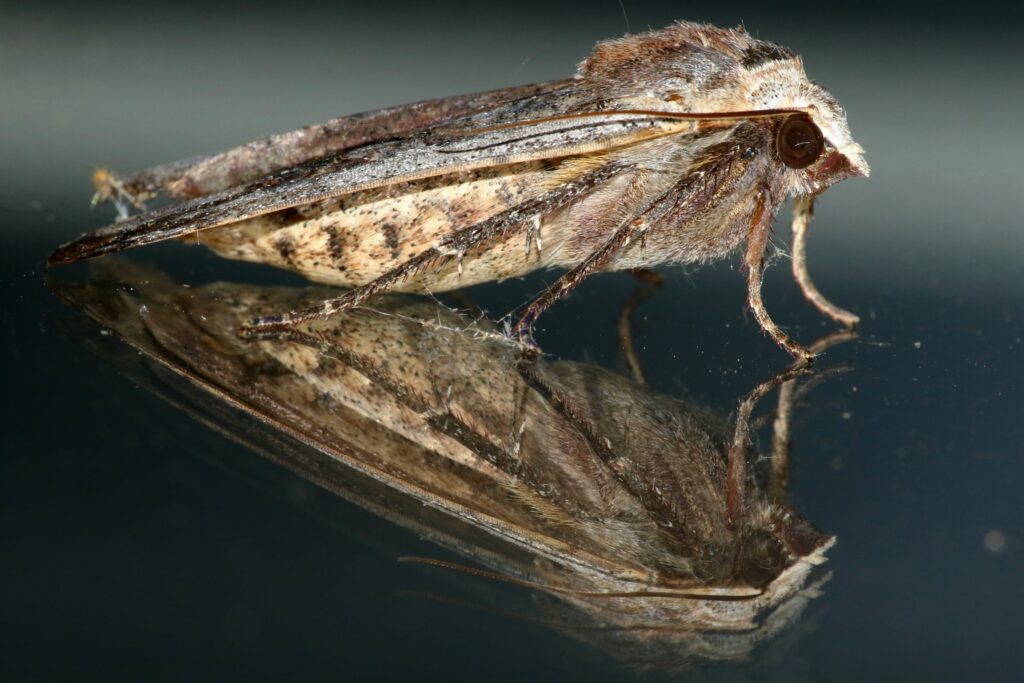
Carl Linnaeus revolutionized the study of insects in the 18th century through his comprehensive taxonomic system, introducing binomial nomenclature that gave each species a genus and species name. His 1758 work “Systema Naturae” classified insects into precise orders including Coleoptera (beetles), Lepidoptera (butterflies and moths), and Hymenoptera (bees, wasps, and ants), creating organizational principles that remain foundational to modern entomology. By establishing this hierarchical classification system, Linnaeus enabled scientists to communicate precisely about insect species across language barriers and geographical boundaries. The Linnaean system proved especially valuable for insects given their immense diversity, providing scientists with a structured framework to document the estimated millions of insect species worldwide and their evolutionary relationships.
Victorian Entomology: Collecting and Classification

The Victorian era witnessed an unprecedented boom in insect collecting, with amateur entomologists joining scientific expeditions to gather specimens from around the world. This period saw the establishment of major natural history museums and private collections housing millions of pinned insects, creating vast reference libraries of biodiversity that remain invaluable research resources today. The cultural fascination with insects permeated society, with butterfly collecting becoming a popular genteel hobby and insect motifs appearing in art, literature, and decorative objects. Beyond mere collecting, Victorian scientists like Alfred Russel Wallace and Henry Walter Bates conducted groundbreaking field studies on insect distribution and mimicry that contributed significantly to evolutionary theory. This era’s methodical documentation established baseline data about historical insect populations that now provides crucial context for understanding contemporary biodiversity changes.
Agricultural Entomology Emerges
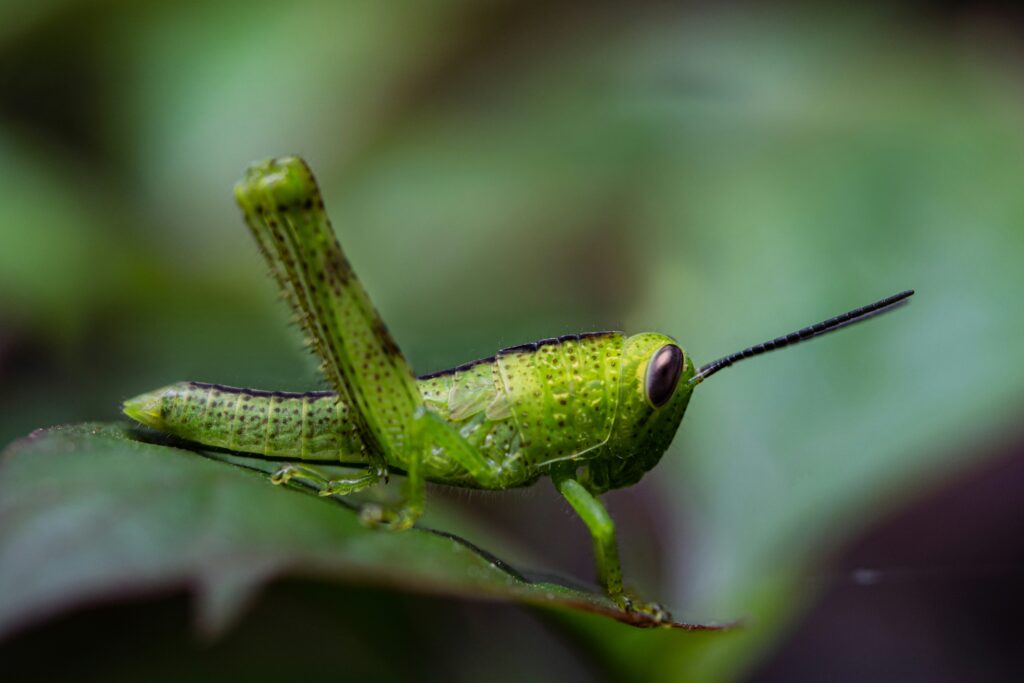
The late 19th and early 20th centuries marked a shift toward practical applications of entomological knowledge, particularly in agriculture where insect management became increasingly systematized. Government agencies established dedicated entomology departments to address crop pests, developing early integrated pest management approaches that combined biological, cultural, and chemical control methods. The urgent need to protect food security during this period accelerated research into insect life cycles, behaviors, and vulnerabilities, generating practical knowledge that directly benefited farmers. Universities began offering specialized agricultural entomology programs, creating a new generation of professionals dedicated to understanding the complex relationships between insects, crops, and ecosystems. This applied focus ultimately strengthened the connection between scientific research and practical problem-solving, demonstrating how entomological knowledge could directly improve human welfare.
Insect Physiology and Behavior Studies

The early to mid-20th century saw entomology delve deeply into the internal workings of insects, with improved laboratory techniques enabling detailed studies of insect physiology, biochemistry, and neurobiology. Researchers like Vincent Wigglesworth and Carroll Williams conducted pioneering work on insect hormones and metamorphosis, uncovering the complex chemical signals that regulate insect development. Ethologists like Karl von Frisch revolutionized our understanding of insect behavior through his work on bee communication, demonstrating that insects possess sophisticated sensory capabilities and complex social behaviors. The development of electrophysiological techniques allowed scientists to record from insect nervous systems, revealing how these small creatures process environmental information through specialized neural circuits. These advances fundamentally changed our perception of insects from simple automata to highly adapted organisms with remarkable biological innovations, many of which would later inspire biomimetic engineering solutions.
Chemical Ecology and Pheromone Research
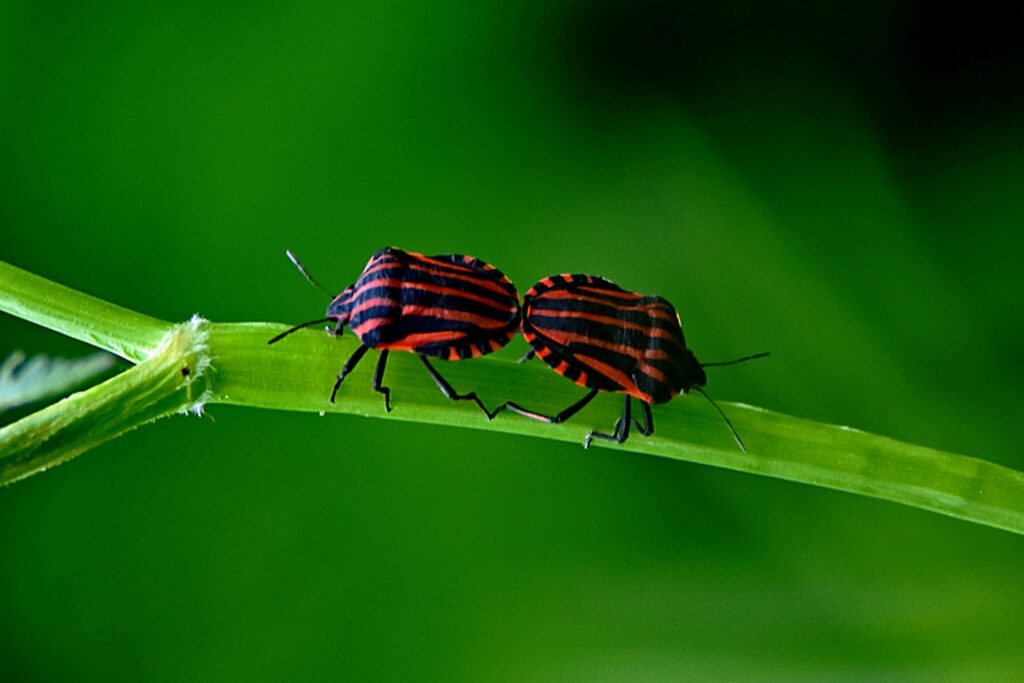
A paradigm shift occurred in the 1960s and 1970s with the emergence of chemical ecology, revealing the invisible chemical landscape through which insects navigate their world. The identification of the first insect sex pheromone in silkworm moths by Adolf Butenandt opened an entirely new field of research into chemical communication between insects. Scientists discovered that insects produce and detect an astounding array of semiochemicals that mediate behaviors including mate-finding, aggregation, alarm signaling, and host plant location. This research led to practical applications in pest management, with synthetic pheromones being used in monitoring traps and mating disruption techniques that reduced reliance on broad-spectrum insecticides. The molecular complexity of these communication systems demonstrated that insects possess sophisticated biochemical mechanisms that had evolved over millions of years, furthering appreciation for their evolutionary success.
Molecular Revolution in Entomology
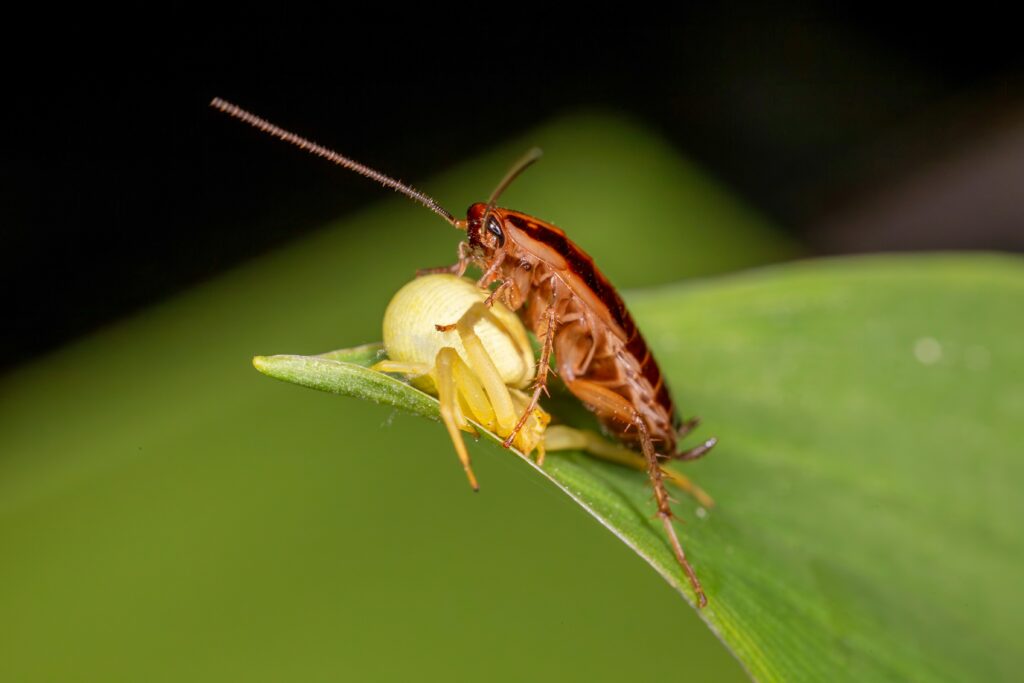
The development of DNA sequencing and molecular techniques in the late 20th century transformed entomological research at its most fundamental level. For the first time, scientists could examine the genetic code of insects, clarifying evolutionary relationships that had been debated for centuries and revealing unexpected connections between seemingly disparate groups. Molecular approaches enabled the identification of cryptic species—insects that appear identical but are genetically distinct—dramatically changing our understanding of insect biodiversity. The genome sequencing of model insects like Drosophila melanogaster and later, numerous pest species, provided unprecedented insights into the genetic basis of insect development, immunity, and adaptation. These molecular tools also revolutionized applied entomology, allowing for the precise tracking of insecticide resistance genes and informing more targeted pest management strategies that could respond to specific genetic vulnerabilities.
Citizen Science and Digital Entomology
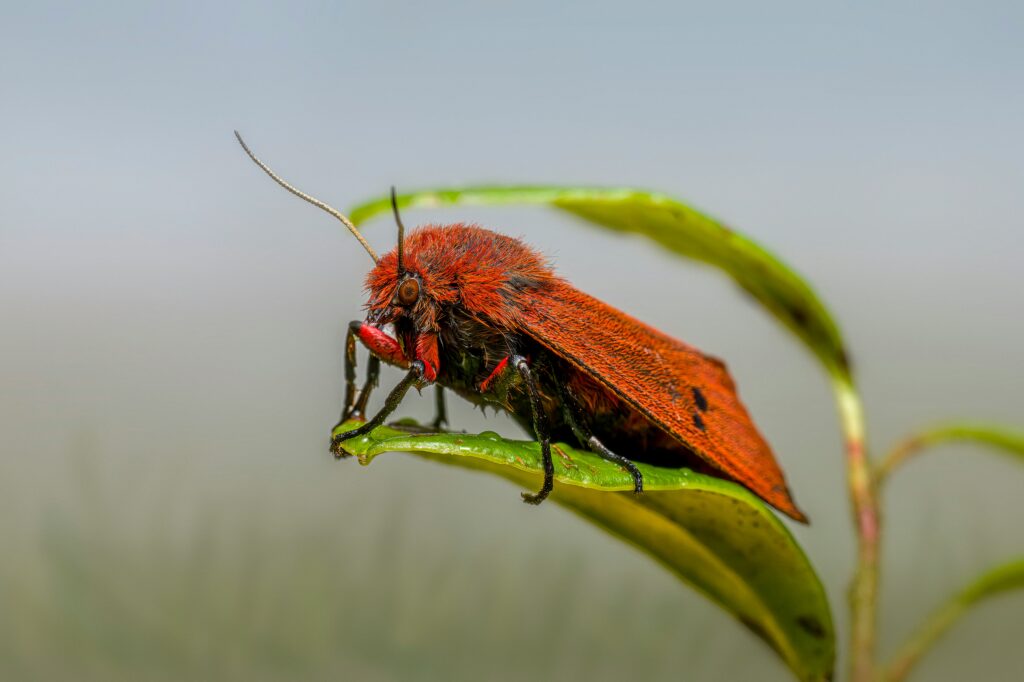
The internet era has democratized insect research through citizen science initiatives that engage the public in collecting valuable entomological data across vast geographic scales. Platforms like iNaturalist, BugGuide, and various butterfly monitoring programs have created massive, openly accessible databases of insect observations that would be impossible for professional scientists to gather alone. Digital photography has enabled amateurs to document insects with remarkable clarity, often leading to range extensions for known species or even the discovery of species new to science. Smartphone apps with built-in identification capabilities have made basic entomological knowledge accessible to anyone with a mobile device, creating new generations of insect enthusiasts. This collaborative approach has proven especially valuable for tracking invasive species and monitoring insect population changes in response to climate change, effectively creating a global network of observers contributing to our collective understanding of insect biology.
Drones, Sensors, and Automated Monitoring
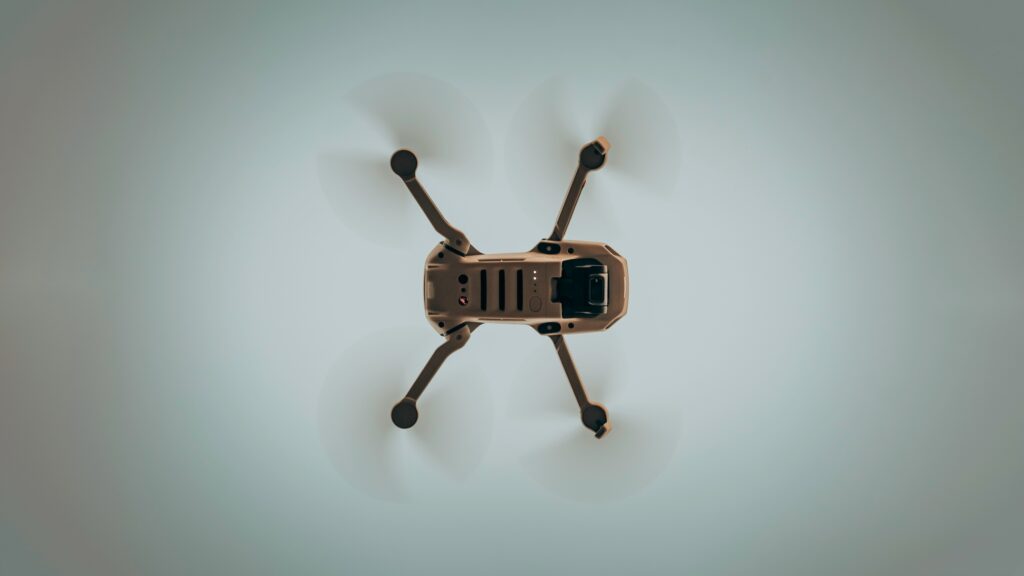
Contemporary entomological research increasingly incorporates sophisticated remote sensing technologies that can track insects across landscapes without direct human observation. Specialized entomological radar systems can detect mass migrations of insects at high altitudes, providing crucial data on movement patterns of both beneficial insects and agricultural pests. Drones equipped with high-resolution cameras and multispectral sensors can survey inaccessible habitats for insect activity or detect pest outbreaks in agricultural settings before they become visible to the human eye. Automated camera traps with machine learning capabilities can continuously monitor specific locations, identifying and counting insect visitors with minimal human intervention. These technologies are generating unprecedented volumes of data about insect abundance, diversity, and behavior across temporal and spatial scales that were previously impossible to study, revolutionizing our understanding of insect ecology in the Anthropocene.
Artificial Intelligence in Modern Entomology

The integration of artificial intelligence and machine learning represents the cutting edge of contemporary insect research, enabling analysis of entomological data at previously unimaginable scales. Deep learning algorithms can now identify thousands of insect species from images with accuracy approaching that of human experts, democratizing taxonomic identification and accelerating biodiversity assessments. Computer vision systems integrated with automated traps can monitor insect populations in real-time, creating early warning systems for agricultural pests or disease vectors like mosquitoes. AI tools are being deployed to analyze complex datasets from historical collections, identifying patterns in insect morphology, distribution, and abundance that reveal responses to environmental change over decades or centuries. Perhaps most remarkably, machine learning approaches are helping scientists decode previously indecipherable aspects of insect communication and behavior, from the complex dance language of honeybees to the collective intelligence of ant colonies, offering insights that may ultimately inspire new computational approaches to solving human problems.
Future Horizons: Conservation Genomics and Synthetic Biology

The frontier of entomological research now extends into the realm of genomic conservation and synthetic biology, with profound implications for insect preservation and utilization. Conservation genomics allows scientists to assess the genetic health of endangered insect populations, identifying threatened lineages with unique genetic adaptations worth special protection efforts. Advanced genetic techniques like CRISPR-Cas9 are being cautiously explored to potentially rescue insect species facing extinction or to modify disease vectors like mosquitoes to reduce their ability to transmit pathogens. Synthetic biology approaches are investigating how insect biochemistry might be harnessed for human applications, from silk-inspired materials to novel pharmaceuticals based on insect immune systems. As these powerful technologies develop, they raise important ethical questions about human intervention in insect genetics and evolution, underscoring the need for thoughtful governance frameworks that balance technological potential with ecological responsibility and biodiversity conservation.
From Aristotle’s careful observations to today’s AI-powered analysis, our study of insects reflects the broader evolution of scientific inquiry itself. Each historical advance—from the invention of the microscope to the development of DNA sequencing—has revealed new dimensions of insect biology and ecology, gradually assembling our current understanding of these remarkable creatures. As we face unprecedented environmental challenges, including alarming declines in insect populations worldwide, this accumulated knowledge becomes increasingly valuable. The future of entomology will likely combine cutting-edge technology with the timeless practice of careful observation that has characterized the field from its beginning, creating new synergies between human and artificial intelligence in the ongoing pursuit of understanding the most diverse animal group on our planet.

